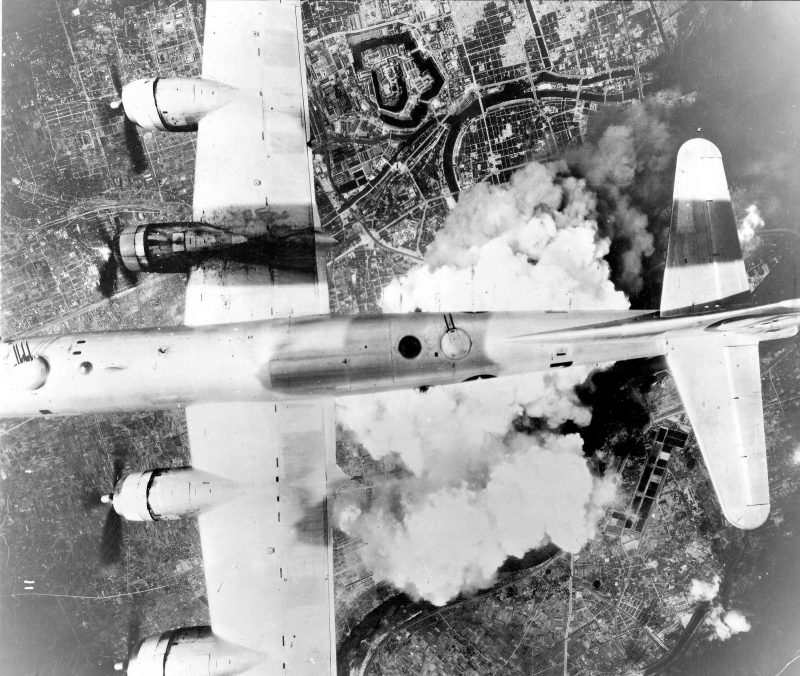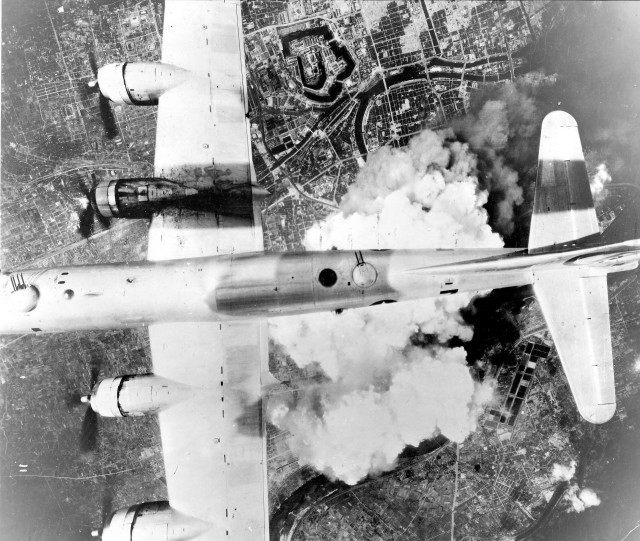A Japanese civic group based in Oita Prefecture, Japan, has been collaborating with the US National Archives and Records Administration, to dig into the archives and look for some long-lost records. They have released some of the footage they found in the archives to the public.
The footage shows a number of US raids on Japanese targets. According to the newspaper Asahi Shimbun’s reports, the members of the Japanese civic group painstakingly combed through the archives made available by the US and Japan. They were successful in matching some of the footage with certain known raids. All the sequences in the footage are grainy and black-and-white, but war historians working closely with the group could identify the targets and dates of the attacks.
The footage only shows the US perspective of the raids, as it was filmed from US planes. Planes can be seen attacking all kinds of Japanese targets – war supplies, munitions factories and coastal freighters.
In one sequence, the Imperial Japanese Navy’s aircraft carrier, Amagi, can be seen being bombed by US planes. According to the records found in US archives, this attack took place on 24th July 1945.
Another sequence in the footage shows an attack on a heavy cruiser, Tone, and a comparatively light cruiser, Oyodo. Bombers missed the target a few times and bombs were landing in Etajima Bay instead.
Images also show munitions factories blown to pieces in Kure. There is footage of the Kure naval arsenal being destroyed by US bombers. This particular raid took place on 22nd June 1945. According to Japanese archives, a total of 162 B-29 bombers took part in the bombing raid on Kure. During the raid, over 700 tons of bombs were dropped by the US planes, The Telegraph reports.
The footage shows the crumbling Japanese Imperial Army on its last legs. A few months after these raids, the war ended, when two major Japanese cities were razed to ground. On 6th August 1945 the infamous ‘Little Boy’ – a uranium atomic bomb – destroyed Hiroshima, and after three days, on 9th of August, Nagasaki was hit by another atomic bomb, dubbed ‘Fat Man’ by the US.
In an interview given to a Japanese newspaper, the head of the Japanese civic group, Soei Hirata, said that the primary reason behind the release of this footage is to create awareness about war and its consequences. He also said that the present generation, and generations to come, must recognize the value of peace and the sanctity of human lives.

